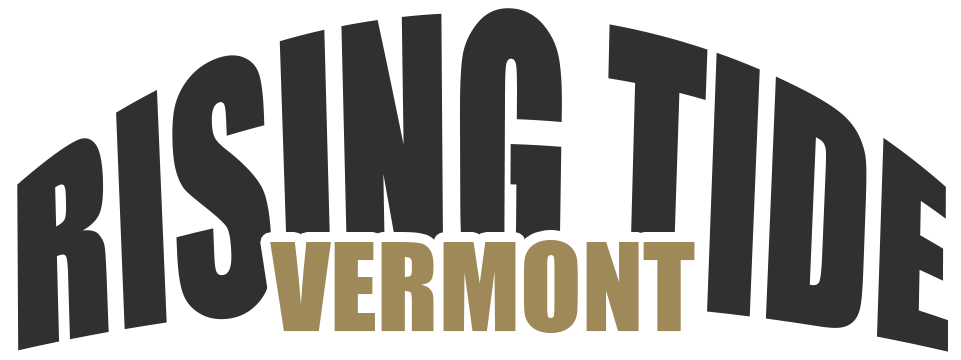-
- 18.1% of adults in the U.S. live with a mental disorder, leading to decreased productivity and economic growth.
- Mental health affects interpersonal relationships, physical health, and community safety.
- Mental health is essential for communities to thrive; emphasizing collective well-being encourages positive relationships and fosters an inclusive atmosphere.
- Communities can help raise awareness by promoting open dialogue, creating safer spaces, and organizing events focusing on mental health.
Understanding mental health’s influence on the world is vital in recognizing the interconnectedness of personal well-being and community progress. Many people often focus on individual mental health, but it’s crucial to acknowledge that it affects more than just the person experiencing it – it impacts entire communities.
Mental Disorders in the U.S.
It’s estimated that about 22% of adults in the United States are currently living with a mental disorder, according to the National Institute of Mental Health (NIMH). That’s around 43.8 million people affected by mental illness each year. In addition, NIMH reports that depression is the leading cause of disability worldwide and that about 1 in 5 adults in the U.S. have experienced a mental disorder within the past year. These mental disorders can have a huge effect on your community. Here are some ways that can happen.
The Impact of Mental Health on Interpersonal Relationships
Mental health is at the core of every interaction you have with others. When you feel good mentally, your relationships tend to flourish. You communicate better, show empathy, and are more capable of supporting others.
On the other hand, when your mental health suffers, it can strain your relationships. It may lead to social isolation or increased conflict, which affects the entire community. By seeking help when needed and maintaining our mental well-being, you can foster positive relationships that contribute to a healthier community.
Mental Health’s Effect on Productivity and Economic Growth
Mental disorders can considerably impact an individual’s productivity and ability to work, consequently affecting the community’s economic growth. Depression, anxiety, and other mental health issues can lead to increased sick days or impaired job performance. Supporting employee mental health and well-being can result in better productivity, improved workforce morale, and fewer lost working days. Investment in mental health support for employees can contribute to a more stable and economically prosperous community.

The Connection Between Mental Health and Physical Health
There is an intrinsic relationship between mental and physical well-being. Chronic stress, a common symptom of poor mental health, can lead to various physical health problems such as heart disease, obesity, and hypertension.
Furthermore, people with mental disorders are more likely to experience other physical health issues and less likely to receive necessary treatment. This affects the individual’s overall quality of life and places a burden on community resources like hospitals and clinics. Encouraging both physical and mental health care can lead to a healthier, more resilient community.
Mental Health and Community Safety
The mental health of its members highly influences community safety. When a person’s mental health is compromised, they may be more likely to engage in high-risk behaviors or criminal activity. Additionally, mental illness can lead to increased homelessness, substance abuse, and overall instability within a community. Providing equal mental health care and support access can help create safer and more stable communities.
The Power of Collective Mental Health
A community’s collective mental health is critical to its overall success. In flourishing communities, individuals likely prioritize their mental health, cultivate strong relationships, and have access to mental health resources. However, in communities experiencing widespread mental health issues, there is probably an increased potential for disconnection, decreased productivity, and a lack of cohesion. People can create an inclusive and more vibrant community by recognizing the power of mental health and supporting one another.
How Your Community Can Help
Thankfully, your community doesn’t have to face mental health challenges alone. Here are some steps you can take to raise awareness and create a healthier, more connected community:

Online Platform
Your community must stick together; an online platform can help. A robust online community software can help build strong relationships and create a sense of inclusion, even during physical distancing. It can also provide members access to mental health resources, create a safe space for sharing stories and understanding experiences, and allow organizations to keep track of their progress.
Encouraging Open Discussions
Open discussions about mental health can help reduce the stigma surrounding it. It’s essential to create a safe environment that encourages conversations around mental health issues so that people understand how to support one another.
Community Events
Organizing events that promote mental health can help raise awareness and provide a platform for people to learn more about the issue. It’s also an excellent way for people to connect, form relationships, and foster an emotionally supportive atmosphere in your community.
Your community’s collective mental health is essential to its overall success. By recognizing the power of mental health, you can create a healthier and more connected community. Through open dialogue, people can help raise awareness of mental disorders and ensure everyone can access the necessary resources.









